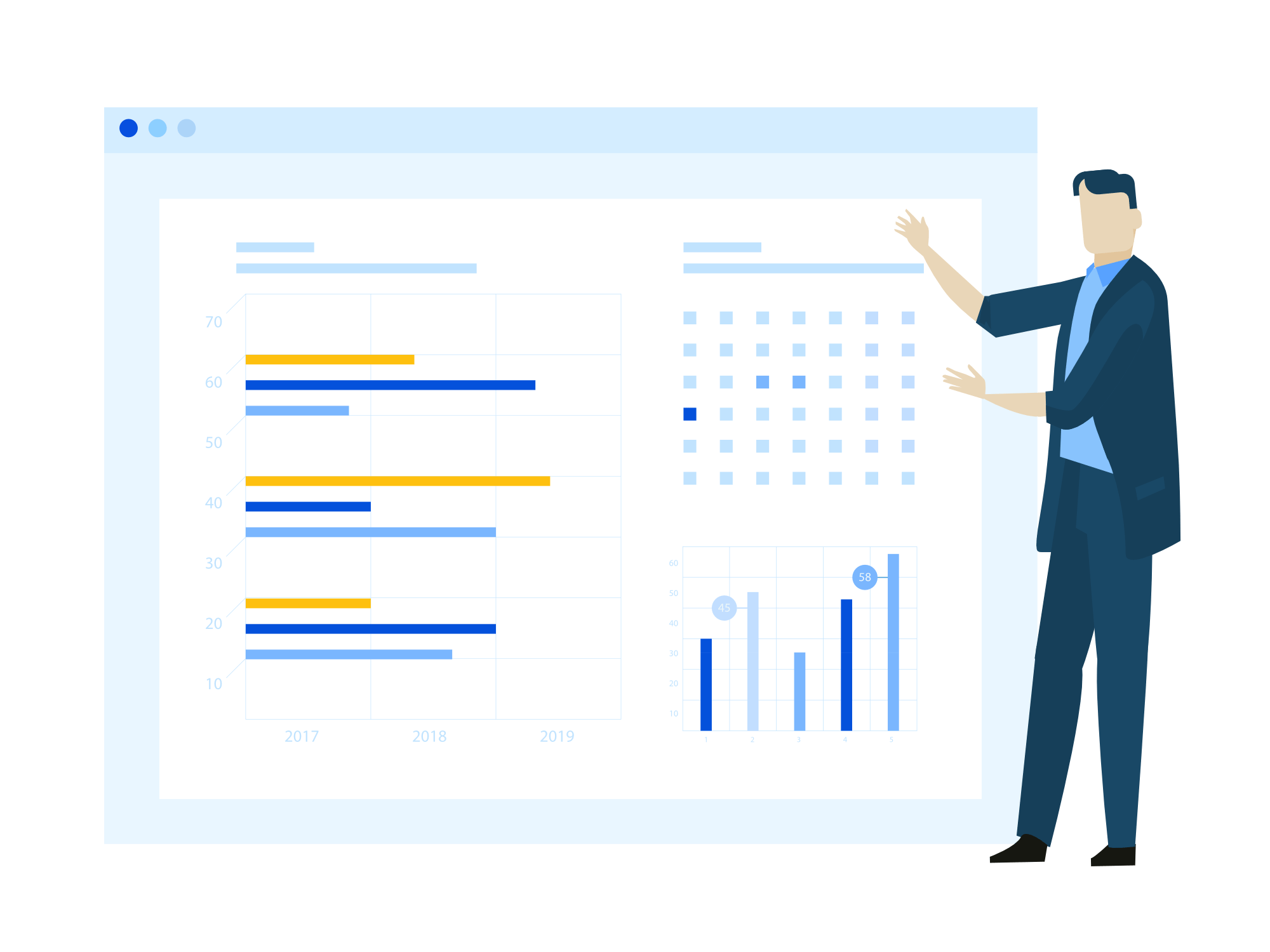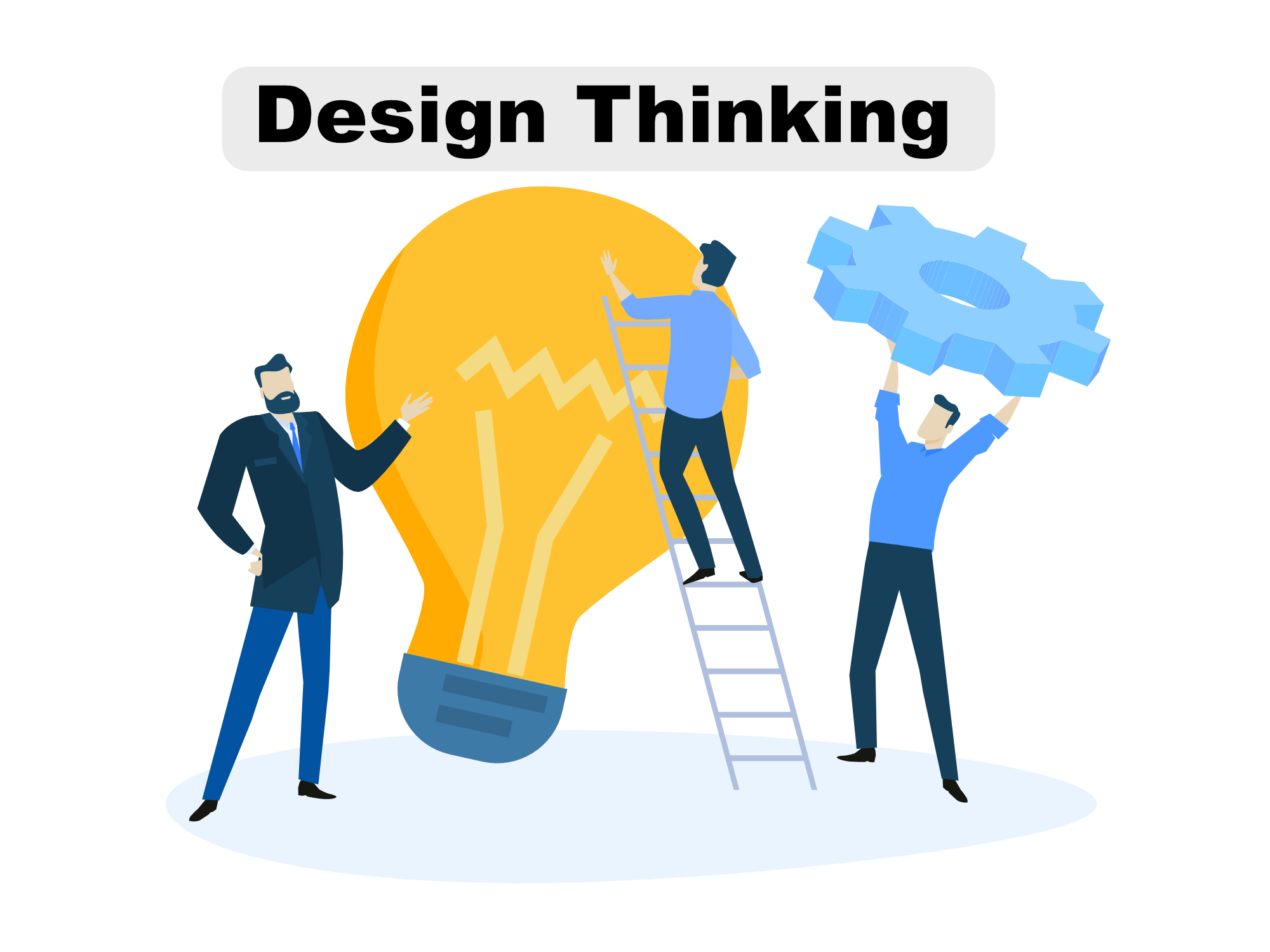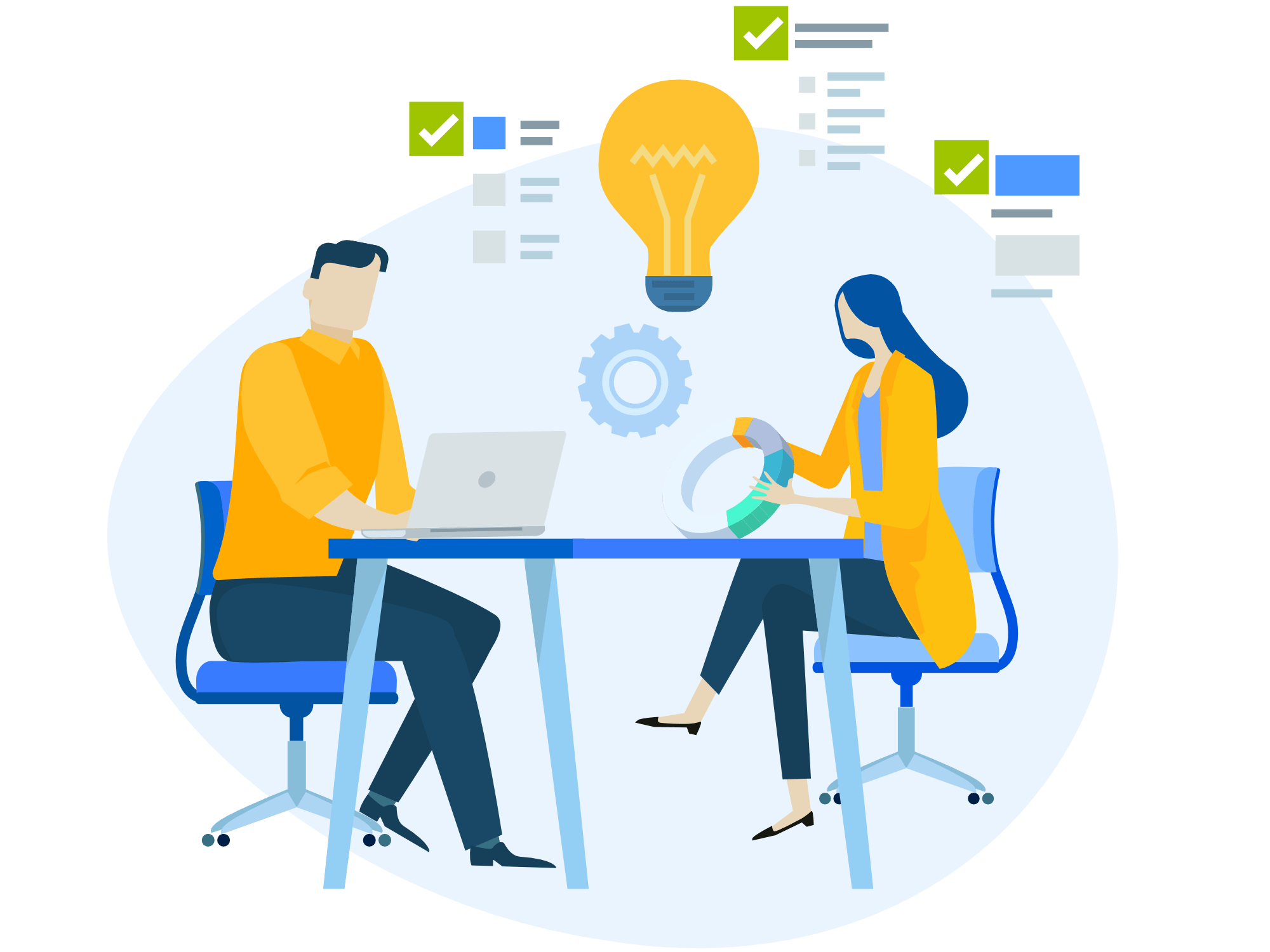How Lean Startup Differs From Agile and Design Thinking
The lean startup movement is an offshoot of agile and design thinking. But, how does it differ from both?
Digital transformation is taking place within businesses, shifting access to products and services online. This necessitates developing digital products, including apps, websites, e-commerce platforms, and so on. It is not just what to develop, but also how to develop it, regardless of whether you do it yourself or seek out an experienced development partner.
This post takes a closer look at how lean startup differs from design thinking and agile, what are the similarities, and how it can benefit you and your business. We are building up on our previous blog, "Running and Managing Lean Startups".

We will focus on the following:
- Lean Startups
- How to benefit from lean startup methodology
- Agile methodology (Make and scale a solution)
- Design thinking
- Design thinking (Approach a problem)
- Design Thinking vs. Lean Startup
- Lean Startup and agile
- How lean startup differs from agile and design thinking
Lean Startups
Lean startups are a type of startup that focuses on rapid experimentation, learning, and iteration in order to reduce risk and increase customer satisfaction. Lean startups focus on creating customer value quickly and efficiently by using iterative processes, testing hypotheses with customer feedback, and continuously improving their products or services. Lean startups use a lean, agile approach to create and launch their products, which allows them to quickly adapt and pivot in response to changing customer needs or market conditions.
Lean Startup methodologies were originally developed in Silicon Valley in the 90s. However, the word “lean” originated from Toyotas leans-driven manufacturing systems.
Benefits of Lean Startup
- Reduced risk: Lean startups have lower costs and a faster time to market, meaning that businesses can de-risk their investments and have a better chance of successful returns.
- Faster customer feedback: Companies can quickly gather customer feedback on their product or service, and use this to improve and iterate on their product.
- Access to capital: Lean startups are more attractive to investors and can access capital more easily.
- Increased agility: Lean startups can move quickly and pivot to new ideas and strategies as needed.
- Reduced waste: Lean startups focus on efficiency and eliminating waste, resulting in a more cost-effective business model.
- Improved customer experience: The focus on customer feedback and iteration means that companies can more quickly develop products and services that meet their customers’ needs.

Agile methodology (Make and scale a solution)
Agile methodology enables teams to quickly and efficiently develop and scale solutions for their customers. The iterative approach allows for rapid testing, feedback, and adjustment, ensuring the end product meets the needs of the customer.
Agile methodology is a set of principles, values, and practices that enables teams to build and scale solutions quickly, efficiently, and effectively. The framework allows teams to rapidly and iteratively develop a solution, making frequent adjustments to ensure the solution meets the needs of the users.
The core principles of Agile methodology include collaboration, customer feedback, frequent delivery, and continuous improvement. Teams work together to understand customer needs, prioritize tasks, and deliver high-quality products. Feedback from customers is used to guide development and make adjustments to ensure the solution meets the customer’s needs. Frequent delivery of incremental versions of the solution allows for rapid testing and refinement. Finally, continuous improvement is used to keep the solution up to date and address any issues that arise.
Design Thinking

Design thinking is a creative process for problem solving, typically used in the design process. It involves defining a problem and then using a variety of creative techniques to create a solution. The process usually involves brainstorming, research, sketching, prototyping, and user testing.
It is characterised by a willingness to understand user pain. Contrasting Brainstorming, designers promote "Pain-storming", which allows a complete understanding of users pain. Design thinking approaches problems by focusing on the users, their needs, and the context of their situation. It emphasises collaboration, experimentation, and iteration. The aim is to create innovative solutions that are both practical and desirable for users.
Design thinking has become popular among businesses and other organizations looking to become more agile and responsive to customer needs. By focusing on users and their needs, design thinking encourages companies to develop products and services that are better suited to the customer's needs and desires, rather than trying to solve a problem in a specific way. It also helps organizations to better understand the customer's perspective and develop solutions that address customer pain points. As a result, companies are able to create products and services that are more successful in the marketplace.
Design thinking (Approach a problem)
1. Define the problem: Identify the exact problem you are trying to solve and define the parameters.
2. Gather data and research: Do your research and collect data to better understand the problem and related stakeholders.
3. Brainstorm: Generate a variety of potential solutions to the problem.
4. Prototype: Create a prototype of the most promising solution.
5. Test: Test the prototype with users to get feedback and refine the prototype.
6. Iterate: Repeat the process of brainstorming, prototyping, and testing until you have achieved a satisfactory solution.
Design Thinking vs. Lean Startup
You've probably heard many times how important it is to emulate startup innovation in your organization. You've probably already realised how complicated it can be because the structures and processes of a startup and other factors that make a small business even larger and more complex are different from those of a medium and large business. What's the reason behind it?
The goals of Design Thinking and Lean Startup align, however, they approach these goals differently. Design They are two approaches to product design and development.
Design Thinking takes a human-centered approach, focusing on the customer needs and wants throughout the development process. It emphasises on the iterative design process, experimentation, and collaboration.
Lean Startup is a methodology that promotes a rapid, iterative process and emphasizes experimentation, learning and improvement. It focuses on creating a product or service quickly and efficiently, without spending time and resources on excessive research or development.
The key difference between Design Thinking and Lean Startup is that Design Thinking emphasises on the customer and their needs, while Lean Startup focuses on creating a product quickly and efficiently. Design Thinking is an iterative process, while Lean Startup is a more rapid process. Design Thinking is more focused on creating a product that meets the customer needs, while Lean Startup is more concerned with creating a product that is profitable and scalable.
By combining the best of both approaches, companies can create successful and valuable products.

Lean Startup and agile
Overall, Lean Startup and agile are both focused on using customer feedback and data-driven approaches to improve products and services. They both emphasize quick iteration and continuous improvement. They are two of the most popular approaches to product and service development and are often used together as part of a comprehensive strategy for product and service development.
How lean startup differs from agile and design thinking
1. Lean Startup is focused on using experimentation to validate or invalidate hypotheses that are related to a business model or product. It is a methodology used to reduce the risk of failure in the development of a new product or service. Agile and Design Thinking are used to solve problems and develop solutions, while Lean Startup is focused on discovering what works and what doesn’t.
2. The Lean Startup approach is focused on learning and iterating quickly, while Agile and Design Thinking are focused on creating a high-quality product or service as quickly as possible.
3. The Lean Startup methodology focuses on building a minimum viable product (MVP), testing it and reducing the risk of failure. Agile and Design Thinking focus on creating a finished product or service that meets customer needs.
4. Lean Startup is more focused on speed and rapid iteration to validate hypotheses, while Agile and Design Thinking are focused on creating a high-quality product or service.
5. The Lean Startup process starts with understanding customer problems, while Agile and Design Thinking begin with developing solutions.
In sum, lean startup focuses on finding an effective and scalable business model, agile focuses on delivering value quickly, and design thinking focuses on understanding customer needs in order to create innovative solutions.
Conclusion
Lean Startup against Agile versus Design Thinking: They can be combined or utilised individually, and they are all tested methods for bringing about digital innovation. They can be applied to the creation of high-quality digital products quickly and effectively. All three put a heavy emphasis on the user of the product and use actual feedback, not just theory or wishful thinking, to direct the development process. When used together collaboration, Design Thinking, Lean Startup, and Agile provide a structured yet flexible method for creating the "correct" product while also allowing for the exploration of an issue or difficulty and the generation of creative ideas as solutions.









